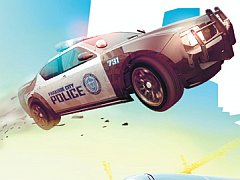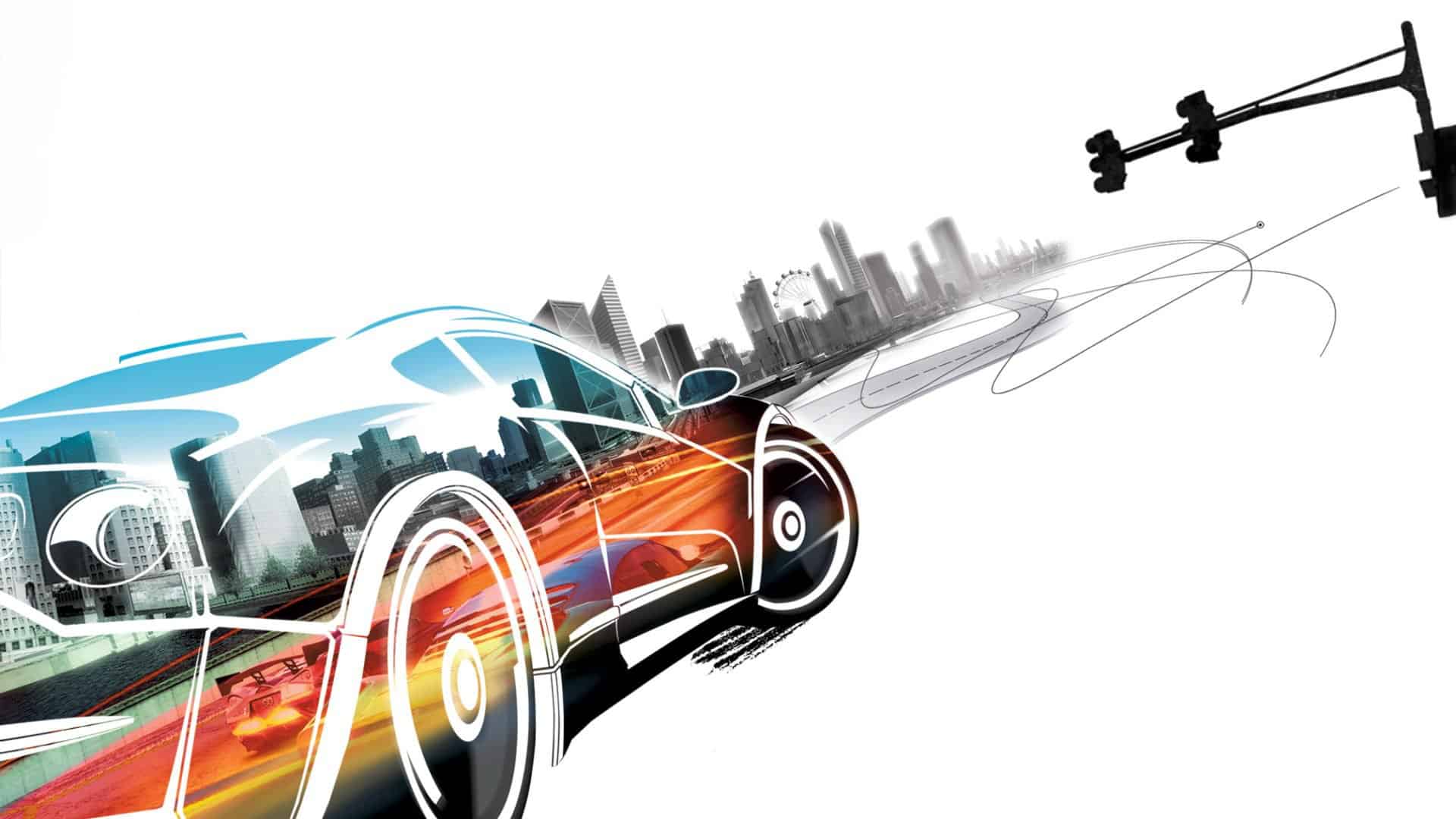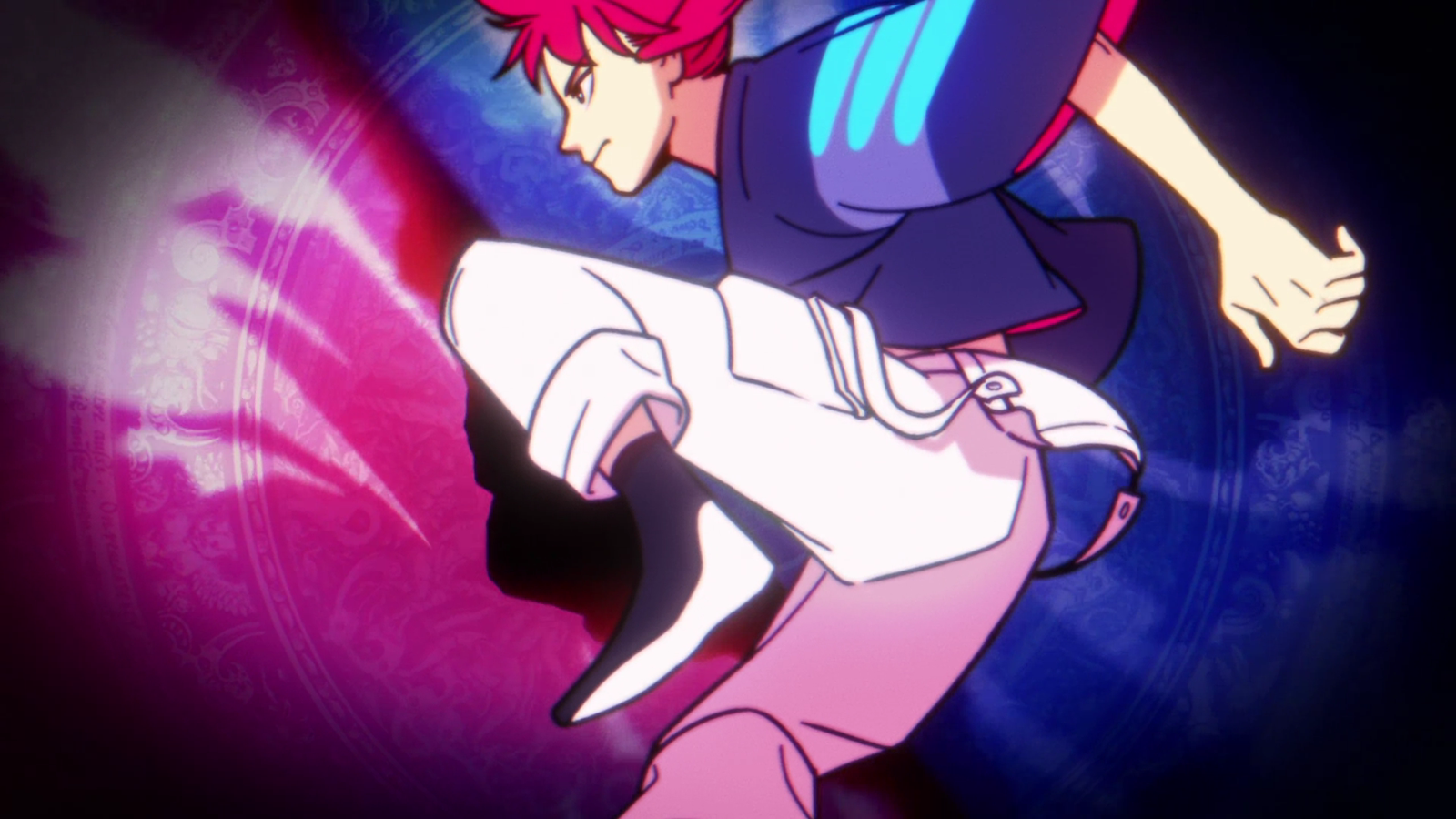You can trust VideoGamer. Our team of gaming experts spend hours testing and reviewing the latest games, to ensure you're reading the most comprehensive guide possible. Rest assured, all imagery and advice is unique and original. Check out how we test and review games here
For many people Criterion’s Burnout Paradise demonstrated for the first time what racing games could, and perhaps should be on this generation of consoles, but a few people were missing out. The PC and its army of fans weren’t invited to the next-gen party. A year later, with numerous additions to and improvements over the original, Burnout Paradise: The Ultimate Box has boosted onto the PC (and consoles too incidentally, including a DLC upgrade for existing owners) and it has well and truly been worth the wait.
Right from the off you literally have the entire city at your disposal, with no load times, no menu screens and no hiccups – it’s seamless. To start with you must create a Drivers Licence and add a photo (if you’ve got a webcam hooked up), but from then on all you’ll be seeing is game. You start with a pretty slow (relatively speaking) car or a not so slow bike (part of the released console DLC but included from the start here) and you’re off, exploring Paradise City and taking part in the huge number of events scattered about – of which there are even more than when Xbox 360 and PS3 owners were screaming around Paradise city in January 2008. You’re free to do as you wish.
The structure of previous Burnout games has been replaced with a pick and choose system where you simply cruise up to some traffic lights to start the associated event, be it a Race, Road Rage, Marked Man, Stunt or Burning Route. Some are familiar, some play very differently and some are brand new. Road Rage events see you taking down a required number of opponent cars, smashing them into walls, into oncoming traffic, into each other or however else you manage to remove their wheels. It’s brilliant fun and made all the better thanks to the free-roaming city, with the carnage being taken far from the starting line.
Marked Man requires you to drive from one location to another while a pack of powerful black cars attempt to take you out, relentless in their attack – total your car and you’ll be staring at failure. This mode perhaps makes best use of the open city, with your cunning often being the key to survival – shortcuts and small alleys are perfect for staying out of harm’s way.
Stunt events ask you to tally up a certain number of stunt points by driving with some style. It works by utilising a combo system, so it’s key to link together stunts. Whether you’re simply power sliding around a bend, barrel rolling off a ramp or getting big air, your stunt combo will continue. An on-screen clock will indicate how much time you have to perform another stunt and keep the combo going, ramping up the pressure on spotting another stunt opportunity. Luckily a tap of the boost button acts as a stunt so you can use this to move between awkward areas of track.
Of all the event types it’s Stunt that seems to have benefited from the city’s design the most. After a while you’ll be spotting ramps all over the place, getting big air off a side road or power sliding for whole roads at a time. Had we still been racing in closed streets this event type would likely reach a score limit pretty quickly, but in Paradise City you’re always discovering new routes and stunt possibilities.
Burning Route events are car specific and ask you to complete a time trial. The problem is that unless you complete each route as you get into a new car, towards the end of the game you’re going to have to do a lot of car swapping, which can become quite tedious.
It’s the Race events that will polarise opinion on the game though. The only way to complete an event (and in turn get one step closer to increasing your drivers licence rating) is to win it, and this soon becomes pretty tricky. The open nature of the city isn’t a problem in the other event types, but in races it’s all too easy to miss a turn while you’re moving at an insanely high speed.
The game tries to help you out, with the on-screen compass and blinking indicator-like street name image telling you a turning is coming up, but in the heat of the moment these are nowhere near as helpful as giant flashing corner signs seen in previous Burnout games. During races on the more restricted roads, you’ll often only have one route to take towards the end, so miss that one vital turn and it’s effectively race over.
Thankfully Criterion has listened to fans and realised that a restart event option is needed, so newcomers to the game won’t have to contend with the same tedium of driving back to the start point that the rest of us have had to put up with for a year. If you realise you’re performing badly during an event you can simply bring up the in-game menu and hit restart, whereas if you’ve finished you can simply choose to replay the last event you tried.
Don’t get us wrong; the open nature of the city is brilliant, but the race events don’t suit this set-up and we’d have preferred barriers to be put in place during these events, making for less frustration and more fun. It might have shattered the illusion of street racing in an open city, but considering the benefit to gameplay it’s a sacrifice we’d have accepted.
How well you do in each of these events also depends a lot on the car you’re driving. You’ve got three types: speed, aggressor and stunt. They’re pretty self explanatory but do handle and use boost very differently. The speed class cars can only boost when you’ve got a full boost bar, but the benefit is the ability to perform burnout chains, effectively giving you an endless boost reserve – if you’re good enough to use an entire boost meter in one go.
Aggressors are the heavy duty vehicles that can take more damage before getting totalled, making them the vehicles of choice during Marked Man events. Boost for these beasts is most easily earned by taking down other drivers. And stunt vehicles can perform the best power slides and barrel rolls, can boost at any time (essential for stunt runs) and can take a bit of damage – making them something of an in-between car class.
As you progress you’ll unlock new cars, but only the cars awarded for a licence upgrade (something which requires more and more event wins as your licence improves) and Burning Route victories are added instantly to your junk yard garage. All the rest need to be taken down first, which is both fun and slightly annoying. While you’re driving around you’ll often notice a car speed past, and it’s these cars that are waiting to be fully unlocked. It adds an element of fun to what otherwise would have been another standard unlock system, but after a while it becomes a little tedious.
The same goes for changing your car. This has to be done by driving to a junk yard (there are five to find in the game map) and then picking the car you want. We’re all for seamless gameplay, but some things are better when done in the conventional way. The whole process always takes longer than we want it to and a menu would have solved the problem completely.
Burnout Paradise is a thrilling racing game despite this handful of problems, but Criterion has taken a backwards step in a few key areas, most notably Crash mode. In Paradise Crash mode has been replaced by Showtime – probably the most ridiculous game mode we’ve ever played in a racer, arcade or otherwise. Essentially Showtime makes every road in the game an event, where there’s a high score to beat – both on and offline.
Once activated you have one goal: crash into as many cars as possible. Rather than managing your crash like in previous Burnouts (which featured some brilliant multiplier pick-ups and superb crash breakers), here you have a boost meter that determines how many ground stomps you can perform, propelling your car forwards. Hit another vehicle and your boost increases, so you can go on for ages on the busier stretches of road. The score multiplier pick-ups have been replaced by buses, which multiply your score. The problem here is that the number of buses that arrive is down to luck. Showtime is good for a laugh, but not nearly as skilful as Revenge’s Crash mode.
Each and every road also has a saved fastest time for online and offline, essentially giving you a time trial for every road. It’s a nice feature and something to do whenever you’re driving to another traffic light triggered event, but really only comes into its own when you’re online and getting updates from everyone, including your friends.
It’s the online integration that sets Paradise apart from many other racers. It is without doubt the best integration we’ve seen (even a year after release) and all accessed by a single button press. From this in-game menu you can race against friends or take on some random players. Criterion has included race events and challenges for every permutation of players (up to eight can play together online – although there’s no road rage or marked man events) and the way the game uses a connected webcam to take snap shots of victorious and not so victorious moments (smugshots and mugshots) is a stroke of genius.
Burnout Paradise is an excellent game when played alone, but online with friends it reaches another level. Racing from point to point with friends is insane fun, with the carnage making for plenty of frenzied shouting and incredible near misses. And when you’re bored of standard races you can tackle the many Freeburn challenges – a mode which somehow manages to make trivial tasks a hell of a lot of fun. Over the past year Criterion added a heap of new content to the original game, so this means you’re going to get even more online challenges than there was when we first reviewed the game early in 2008.
Brand new to The Ultimate Box is Party Mode, an offline pass the controller mode for up to eight players. Here you take part in Speed, Stunt and Skill challenges, competing against your friends for the best score or fastest time. It’s certainly a more immediate way to enjoy Burnout Paradise, but it’s not something we can see dominating your multiplayer gaming sessions. The biggest omission, which is incidentally the most disappointing omission from the whole game, is Crash Mode – something that would have fitted perfectly inside the new Party Mode.
Burnout Paradise on the PC looks great, sporting a great frame rate, superb lighting, incredible car damage, an unrivalled sense of speed and no loading at all once you’re in the city – assuming you don’t use the restart option, which does result in a fairly brief pause in the action. If you’ve been hoping your mega PC would run rings around the home console versions of Burnout Paradise, Criterion hasn’t let you down. This PC version can be run at ridiculously high resolutions, features improved shadows, ambient occlusion (if your machine is up to it) and performs well on a fairly modest system. The game has lost some of its “wow” factor in the year that’s passed, but seeing it run with all the graphical settings maxed is still a rather wonderful thing.
While two of our initial gripes, the fact that the city never becomes dark and that there’s no rain, were sorted out through DLC and included hear from the start, visually the game still has a few blemishes. The city is completely devoid of people. Cars are everywhere, but there’s not a person in sight. There’s no doubt this decision was made to ensure the game received a family-friendly rating, but we wonder if there would have been a way to include pedestrians without the risk of them being mowed down by boost-happy drivers… A few less than spectacular textures also seem to stick out like a sore thumb in the PC version, no doubt because everything else looks so good. Picking holes in the presentation is being harsh on Criterion though, as the variety in the huge city is incredible and the draw distance at certain points has to be seen to be believed.
And we’ve arrived at the tricky matter of summing up all Burnout Paradise offers. Going back to the standard menu-driven system of older racers is pretty jarring after spending hours and hours cruising from event to event in Paradise. For true next-gen arcade racing thrills Burnout Paradise is most definitely your best option, and on PC your only option. Criterion has delivered a game that every gamer should have in their collection.
Burnout Paradise
- Platform(s): Nintendo Switch, PC, PlayStation 3, PlayStation 4, Xbox 360, Xbox One
- Genre(s): Arcade, Racing

/https://oimg.videogamer.com/images/7b9f/burnout_5_66.jpg)
/https://oimg.videogamer.com/images/4c49/burnout_5_56.jpg)
/https://oimg.videogamer.com/images/33f7/burnout_5_74.jpg)






